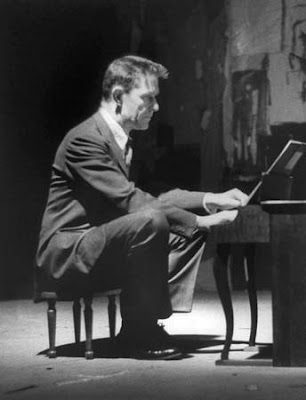The album as a whole contains themes of the cosmos, love, sex, anxiety, and death and uses an incredibly wide range of "instruments". A large portion of his traditional instruments: banjo, acoustic guitar, etc. have been replaced by drum machines and analogue synthesizers. The album is most similar to his very early work, where he experimented with electronic sounds and complex compositions. These new creations are much more sophisticated and complex, taking many invested listening experiences to completely process the loops and layers. Along with his digital notes, he includes arrangements of brass, strings, woodwinds, and a choir, giving the songs even more complexity, allure, and originality.
The conclusive, final track off of the album is 25 minutes and 34 seconds long and is entitled, Impossible Soul. This song deals with love and the challenges that come with relationships. There are references to some sort of break up, but the abstract nature of the lyrics, paired with the music itself, leaves the listener with a less specific and more emotive experience.
This video is of the song Impossible Soul paired with a performance of the modern ballet Noces (meaning "wedding"), as re-created and choreographed by Angelin Preljocaj in 1988. The ballet itself has gone through multiple variations, this one being more radical and less traditional. The merging of it with this composition by Sufjan could not have been done better though. The song and the choreography seem to shift, turn, twist, and progress in unity and the visual themes perfectly reflect the narrative or conceptual themes of the lyrics. The beauty and awe lie in the experience of viewing it though. So, please enjoy.





